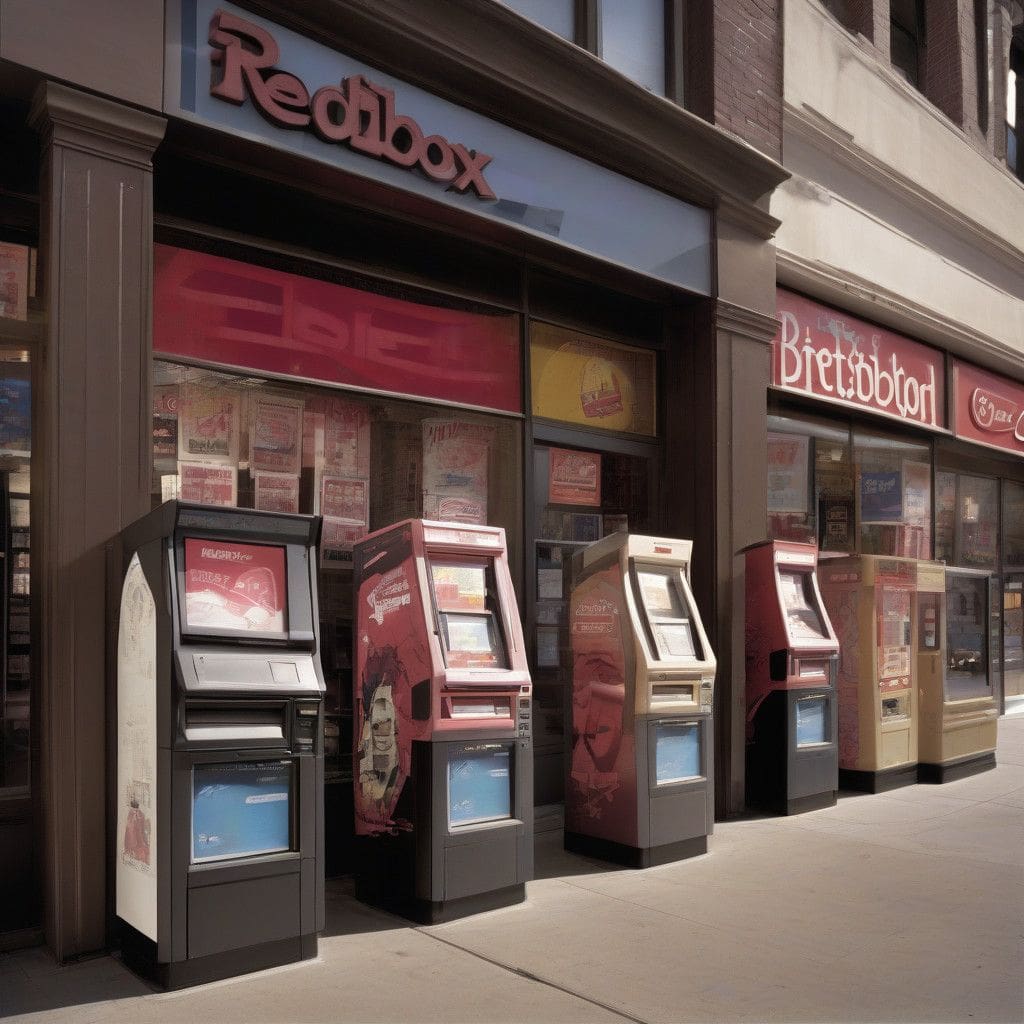The recent Chapter 7 bankruptcy filing of Redbox has significant implications for major retail chains across the United States. With thousands of DVD and Blu-ray kiosks now stranded in storefronts like Walgreens, retailers are left grappling with a pressing question: what to do with these abandoned machines?
As of now, Walgreens has taken the initiative to file a court motion seeking to remove these kiosks from their locations. The pharmacy chain argues that maintaining these units is costing them approximately $184,000 monthly in electricity for the 5,400 kiosks currently on their property, according to a report by Media Play News. This enormous financial burden emphasizes the necessity for a swift resolution.
Relocation or removal of the kiosks does not come cheap, either. Estimates suggest that it could cost retailers upwards of $500 per unit to remove these machines. The expenses involved in both the maintenance and potential disposal of these kiosks create a challenging situation for retailers already facing the pressures of a changing marketplace.
Interestingly, while some retail executives view these kiosks as burdensome, others speculate that they might gain value as collector’s items in the years to come. Brian Rady, a former VP of finance at Redbox, expressed this sentiment in an email to Media Play News, stating that he suspects large partners might focus primarily on disposing of the kiosks properly rather than trying to salvage them for collectors.
The fact that retail businesses are looking at both sides of the issue is indicative of how companies must now adapt to unforeseen changes in their operational landscape. The emergence of digital streaming services has rapidly rendered rental kiosks almost obsolete. This significant shift in consumer behavior has been a contributing factor to Redbox’s downfall.
While there are discussions on the future of these kiosks, retailers should also look at their overall digital transformation strategies. This situation illustrates the importance of adapting to shifting trends in consumer preferences. Retailers may consider repurposing these kiosks for other self-service options or even transforming them into information stations about digital movie options.
Moreover, retailers exploring alternative methods for customer interaction can leverage this situation to innovate their in-store experiences. For instance, enhancing customer engagement through interactive technology, such as augmented reality or self-service screens for purchasing options and product information, could prove beneficial.
Additionally, integrating mobile technology could also be a game-changer. Retailers now have the opportunity to create mobile apps that offer promotions, updates about products, or instant access to digital content, reducing reliance on physical kiosks.
Finding solutions to the abandoned kiosk problem should serve as an impetus for retailers to rethink their entire customer experience strategy. Name-brand visual merchandising could prove essential as companies transition away from outdated solutions and focus on creating a tech-savvy retail environment.
In terms of foresight, this scenario also raises questions about retail partnerships and the scalability of innovations in brick-and-mortar spaces. Retailers must evaluate not only their digital strategies but also the associated risks when partnering with technology manufacturers. Strong relationships with technology firms that can pivot quickly based on market demands will be crucial in the future.
One potential takeaway from the Redbox situation is how critical it is for retailers to maintain an agile mindset when it comes to their business models. As the market continues to change, whether through shifts in consumer behavior or economic pressures, retailers who can adapt their strategies most effectively will remain competitive.
In conclusion, as retailers like Walgreens navigate the aftermath of Redbox’s bankruptcy, they face both challenges and opportunities. This situation serves as a reminder of the ongoing need for innovation and adaptability in the retail landscape. Finding solutions may not only resolve immediate concerns about abandoned kiosks but may also provide a path to enhancing the overall customer experience well into the future.
